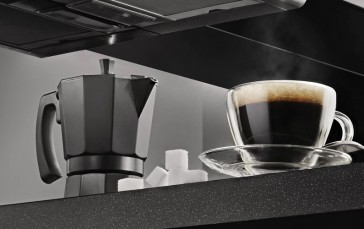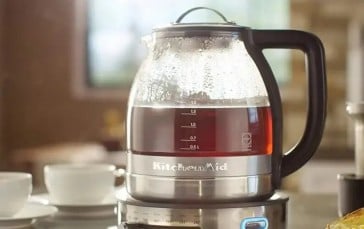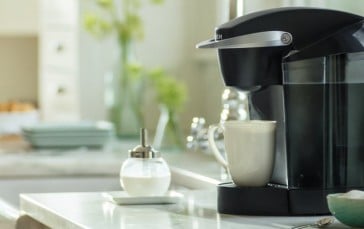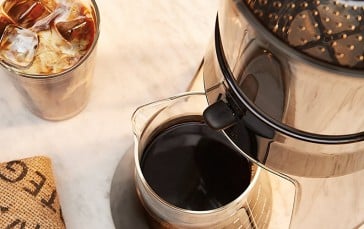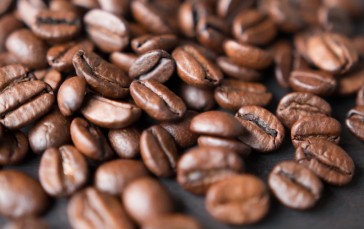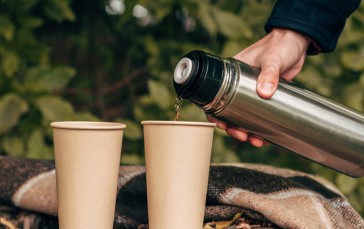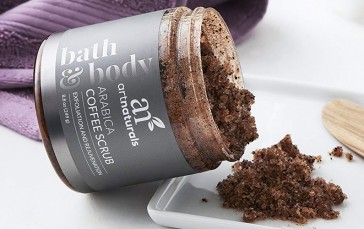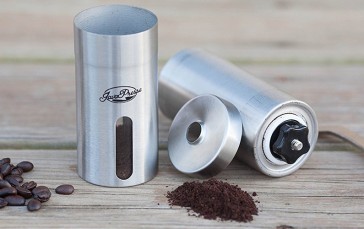How to Brew Coffee
Those questing to produce the perfect cup of coffee need to be mindful of one often overlooked aspect of the brewing process: water temperature. Who thinks about water temperature, right? We just flip the coffee maker to “on” and go take a shower. But the temperature of the water used to brew coffee is actually crucial to the quality of the final product.
The “Goldilocks Zone” for Water Temperature
Boiling water (that being water above 212°F) will actually burn the ground coffee and ruin the taste. Conversely water below 195°F will not extract flavor properly. Just as earth sits in the “Goldilocks” region of space around the sun (“This orbit is juuust right”) so too water has a Goldilocks zone which it should not exceed to the positive or negative. That zone ranges from the aforementioned 195°F to 205°F. The Specialty Coffee Association of America (SCAA) recommends that for electric drip coffee makers the coffee machine’s temperature should never exceed 204.8°F and should in fact achieve 197.6°F within the first minute of the brew cycle. Another factor weighing on water temperature during the brew cycle is whether or not the beans or ground coffee you are using have come from the freezer. If they have this will have an impact on the temperature of the water and could actually drop that temperature below the minimum 195°F recommended for a proper extraction. If your coffee did come from the freezer then you should ensure that the brew temperature of the water is the full 205°F throughout the cycle. And one more thing: if you truly want your coffee to exhibit optimal color, aroma and flavor the ground coffee should be exposed to water for 4 to 8 minutes.


